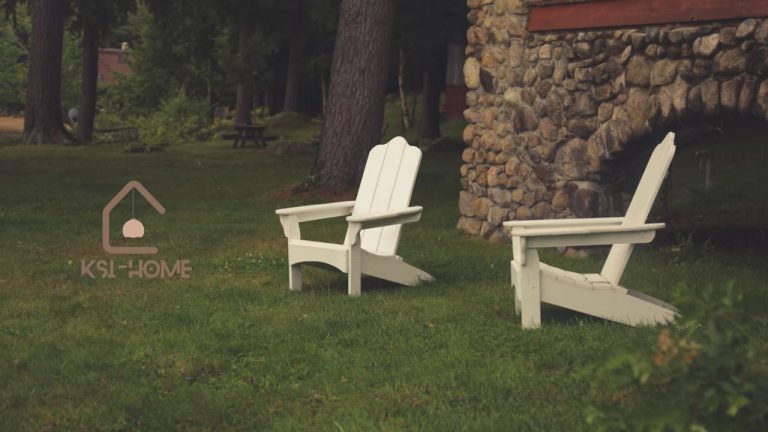Do you dream of a cozier bedroom, a stylish kitchen, or an inviting outdoor space for summer barbecues? Starting a home improvement project can be just as exciting as decorating a birthday cake—but it needs planning. Without preparation, things can spiral into a costly mess. This section will help you kick-start your plan with confidence. Let’s figure out what your home needs and how to manage your time and budget smartly.
Assessing Your Needs
Before you grab a hammer or hop online to shop for new furniture, take a step back. Ask yourself, “What does my home really need?” Here’s how to figure it out.
Step 1: Walk Around Your Home (Yes, Really!)
Take an honest stroll through your home. Look at each room like a detective. Is there a cracked wall in your living room? Does the kitchen scream 1990s while you dream of something modern? Grab a notebook and jot it down. Don’t overthink it; just note anything that catches your eye.
Some ideas to get you started:
- A bathroom upgrade for better functionality.
- Organizing cluttered spaces like closets or garages.
- Fresh coats of paint to make rooms feel like new.
By physically walking around your spaces, you’re likely to uncover issues that need fixing or areas that could enhance the way you live.
Step 2: Prioritize Your List
Now that you’ve got a list, it’s time to divide the “wants” from the “needs.” The needs are things like fixing that leaky sink or improving insulation to save on energy bills. Your wants—that Pinterest-worthy walk-in closet or dreamy spa-like bathroom? They’re the cherry on top but not necessarily urgent.
Pro tip: Rank items not only by urgency but also by impact. For example, updating an old HVAC system might save you money on energy bills immediately. A stylish dining table? It might just look cool but won’t change your day-to-day life.
Step 3: Consider Your Lifestyle
Does your family situation influence what you should prioritize? If you have kids, maybe a playroom or more durable kitchen counters make sense. If you’re a pet lover, consider scratch-resistant flooring. Tailor your home improvements to fit how you live.
Step 4: Be Realistic About DIY vs Professional Help
While it’s tempting to think, “Hey, I can install this window myself,” it’s key to know your limits. Some tasks are perfect for DIY, like painting a wall or assembling furniture. Others, like electrical or plumbing work, may require a professional to ensure it’s safely done.
Ask Yourself:
- Do I have the time and tools to tackle this project?
- Will it cost me more if I mess up?
It’s okay to admit when it’s a job for someone else. Knowing this early saves time and money down the line.
Step 5: Think Long-Term
Sure, adding quirky wallpaper might seem cool right now, but will you still love it five years from today? Invest in improvements that add long-term value, like better energy efficiency or extra storage. Think of your home as both a comfort zone and an investment.
FAQ Section: Assessing Your Home Needs
Q1. How do I know which areas of my home need attention first?
Think about safety, functionality, and future savings. Start with things that could lower energy bills or address safety concerns first (like updating a shaky staircase or fixing a leaking roof). Then work your way toward cosmetic or less urgent upgrades.
Q2. Can I do a home improvement project without professional help?
Yes, for many tasks like painting, installing shelves, or small gardening updates! For complex jobs like electrical wiring or structural changes, it’s best to hire licensed professionals.
Setting a Budget and Timeline
Here comes the fun part… balancing dreams with dollars. Setting a budget isn’t about limiting yourself. It’s about making smart choices. Here’s how to budget like a pro, even if numbers aren’t your thing.
Step 1: Know Your Finances
Before you buy even a single paintbrush, take a look at your bank account. How much can you realistically spend without creating financial stress? Give yourself a number, then stick to it.
Divide your budget into three categories:
- Must-Haves: Repairs or upgrades that can’t wait (like fixing a broken furnace).
- Nice-to-Haves: Projects aimed at boosting your home’s value.
- Dream Items: That infinity pool? Sure, just don’t put it ahead of basics.
Step 2: Research Costs
Google is your new best friend. Research the average costs for the improvements you want. Here are a few examples:
- Painting an average room costs $300-$800.
- Bathroom remodels can range from $6,000 for minor updates to $25,000 for luxury overhauls.
- A simple DIY garden makeover might cost $200.
Remember to budget for tools and materials if you’ll DIY! And always add a 10-15% buffer for unexpected expenses (trust me, they’ll pop up).
Step 3: Plan According to the Season
Certain improvements are better suited for specific seasons. For example:
- Winter is ideal for indoor updates like kitchens or bathrooms.
- Spring? Great for outdoor landscaping or patio projects.
Planning by season can save you money, as contractors often charge less during off-peak times.
Step 4: Break Down Your Timeline
Big improvements don’t happen in a weekend. Draw up a timeline for your project:
- Week 1-2: Finalize designs, get quotes, and gather materials.
- Week 3-6: Construction phase (e.g., painting, building).
- Week 7+: Touch-ups and inspections.
If you’re hiring help, ask for written milestones and clear deadlines. Good communication ensures everything stays on track.
Step 5: Track Spending
Keep a running tally of every little thing—from tiles to lightbulbs. There are tons of apps to help you budget (try Mint or GoodBudget). Seeing where your money goes keeps you in control.
FAQ Section: Budget and Timeline
Q1. What should I do if I go over budget?
Identify areas where you can cut costs without sacrificing quality. This might mean choosing laminate flooring instead of hardwood or painting cabinets instead of replacing them.
Q2. Can setting a timeline really help?
Yes! A timeline keeps you focused and prevents that “half-done” syndrome where projects drag on forever. Plus, you’ll avoid unnecessary costs for delays.
Final Thoughts on Getting Started
The first step in any home improvement project isn’t swinging a hammer. It’s making a plan that fits your home, lifestyle, and budget. By assessing your needs and creating a realistic budget and timeline, you’ll set yourself up for success from the start.
Take a breath! You’ve got this. Next up? We’ll talk about trendy, modern upgrades to bring your vision to life. Spoiler alert: We’ll be introducing eco-friendly renovations and smart home tech that’ll make your neighbors jealous!
















